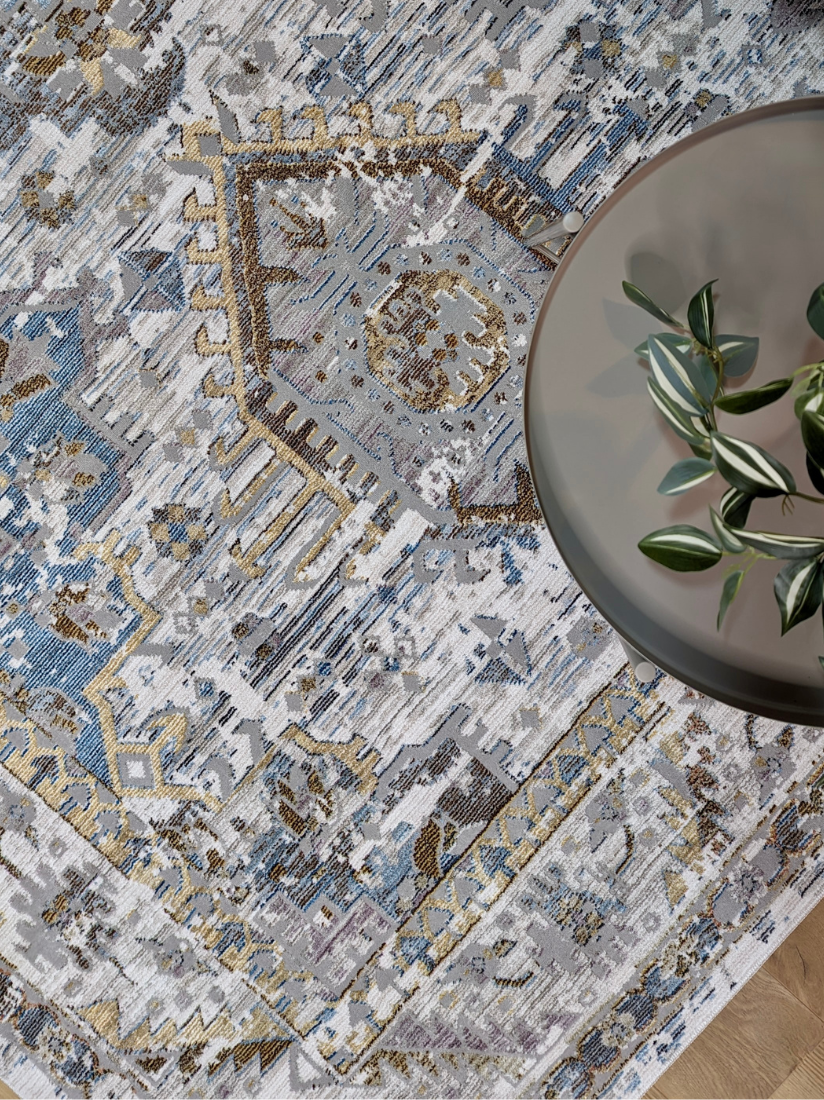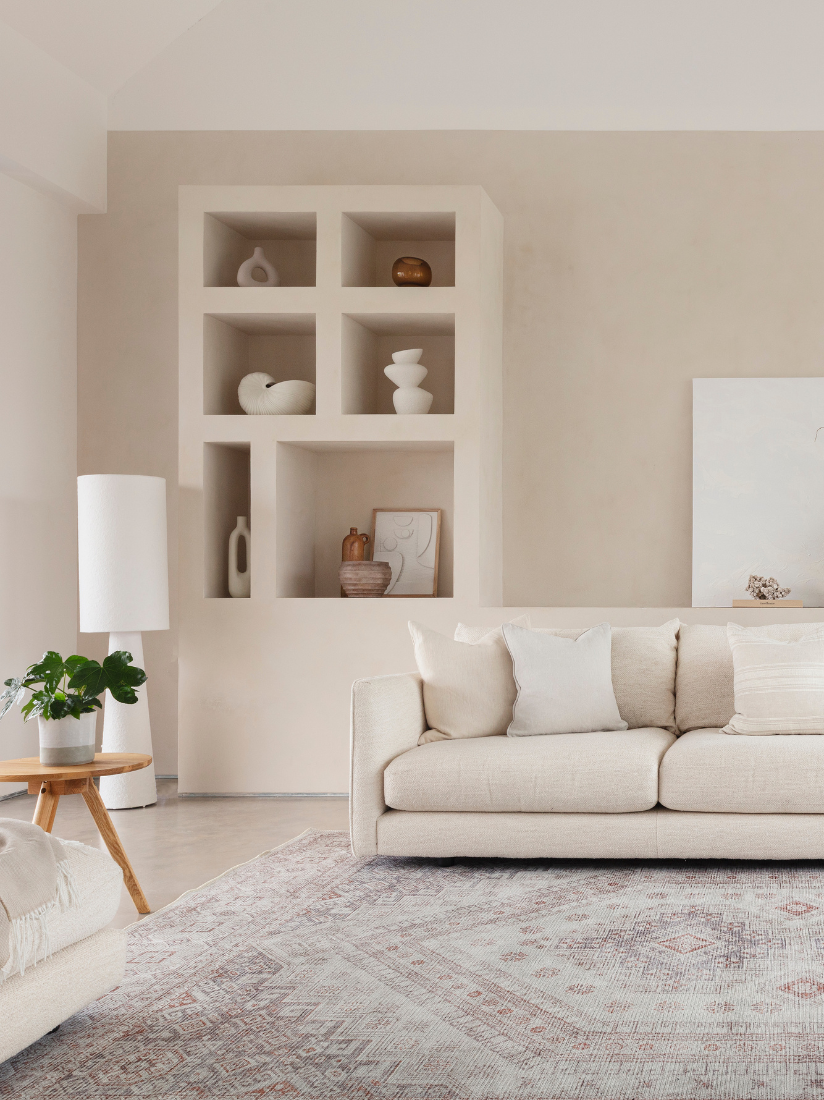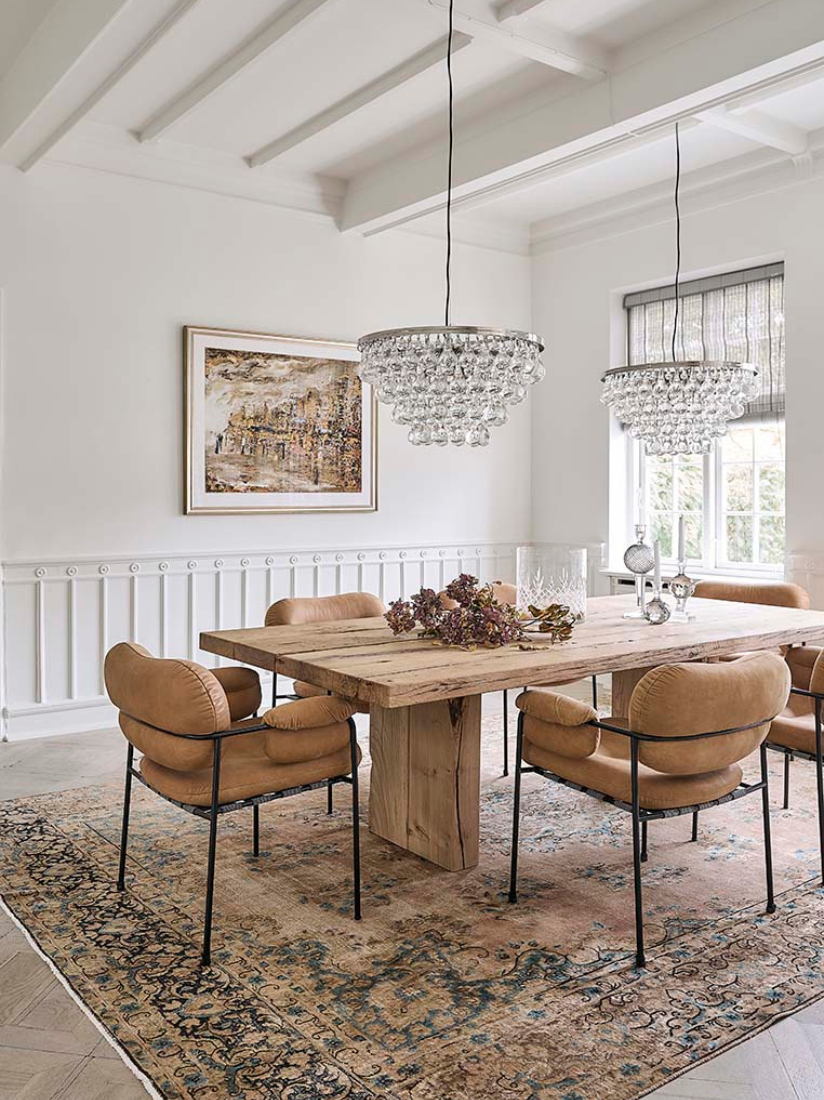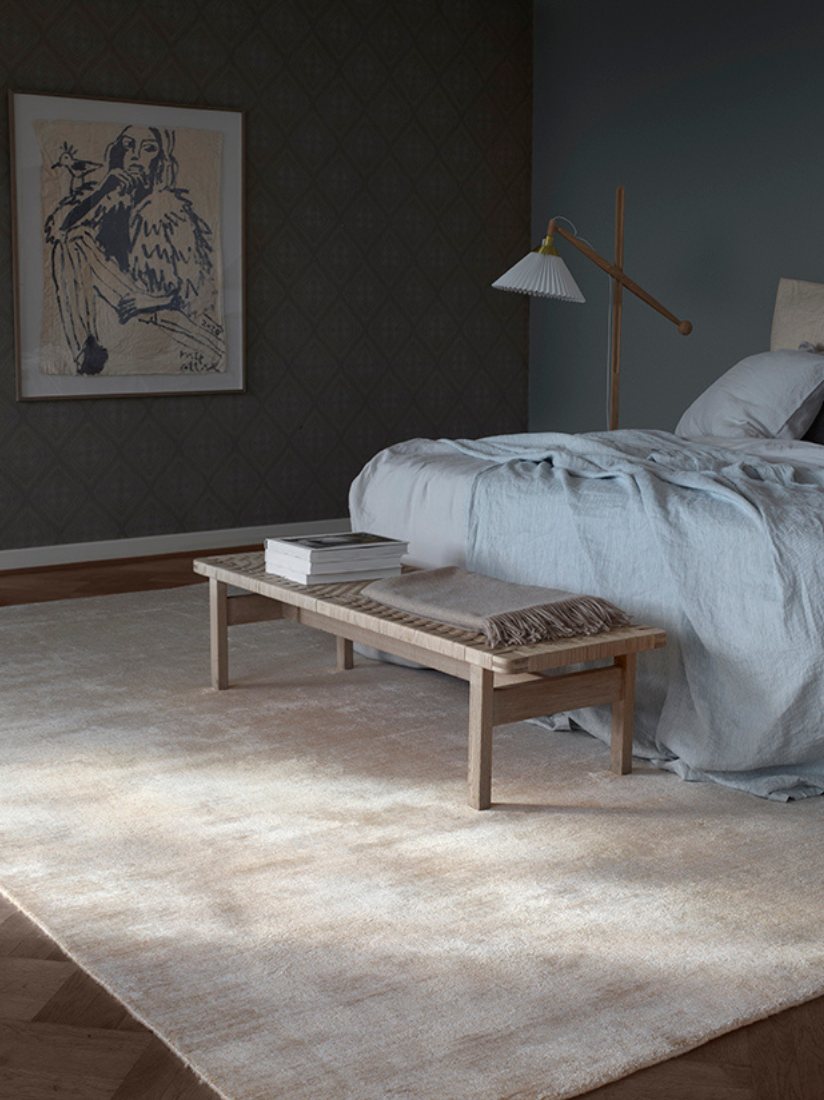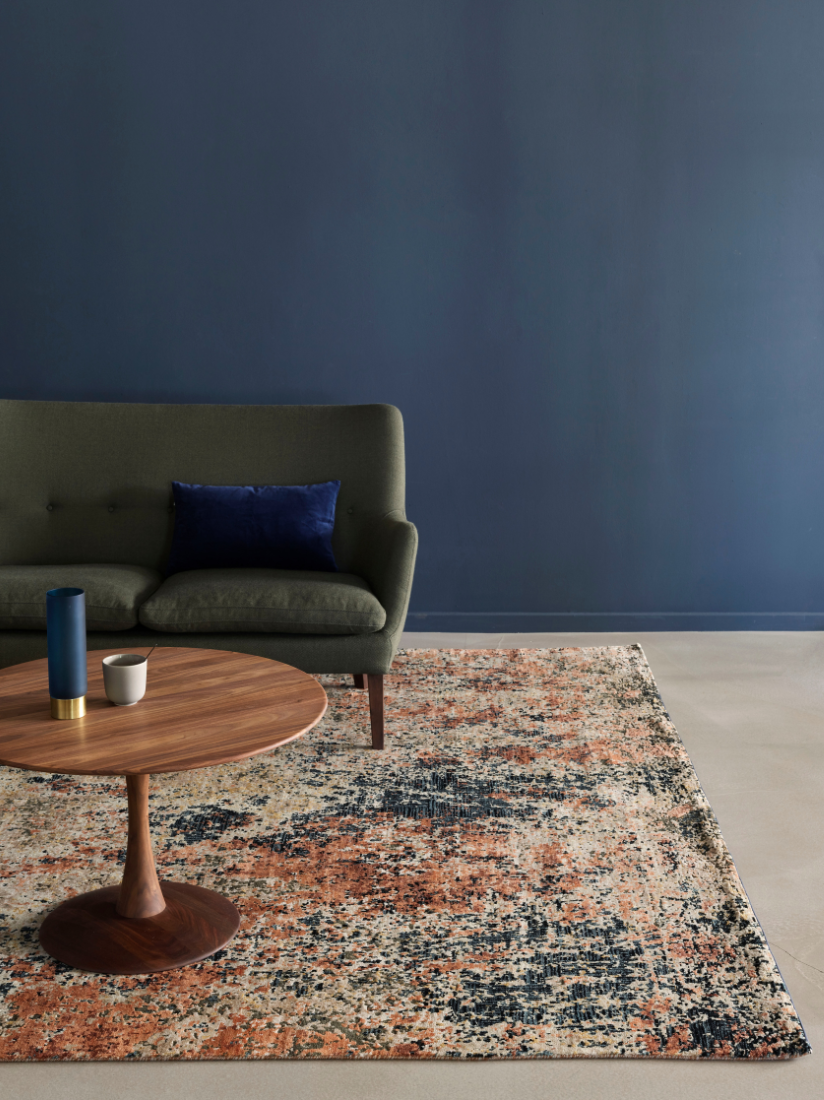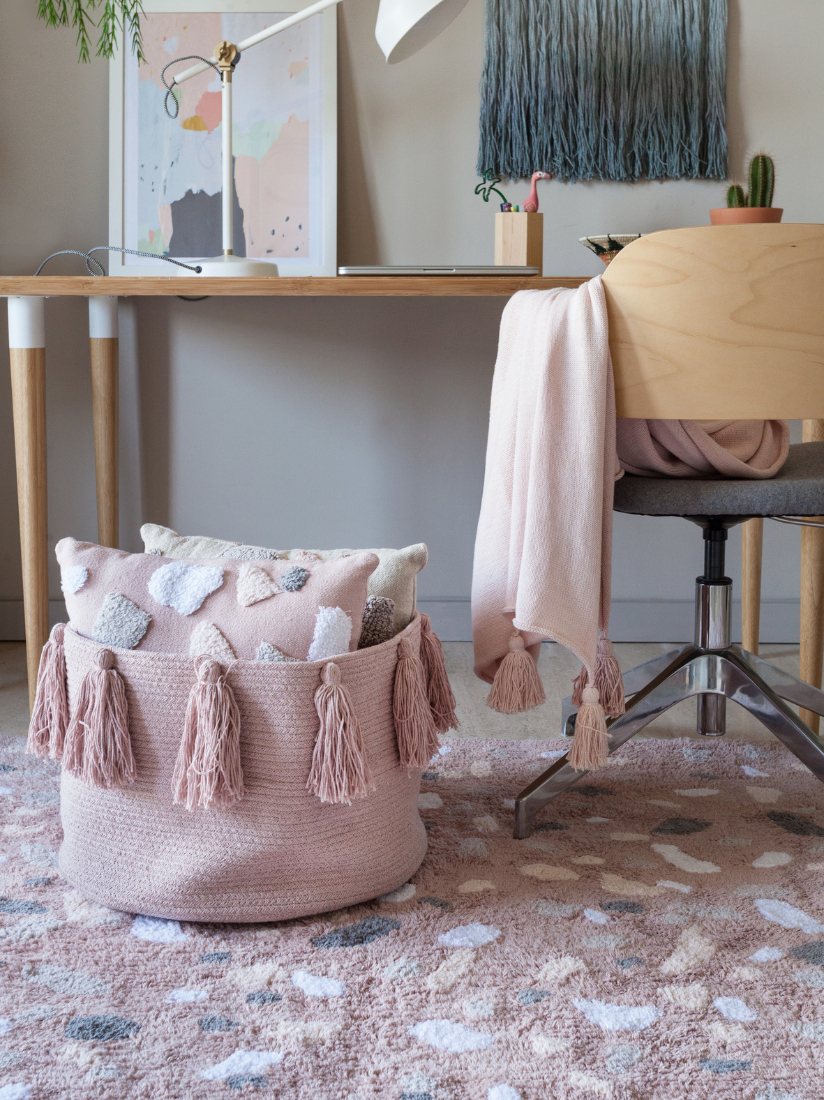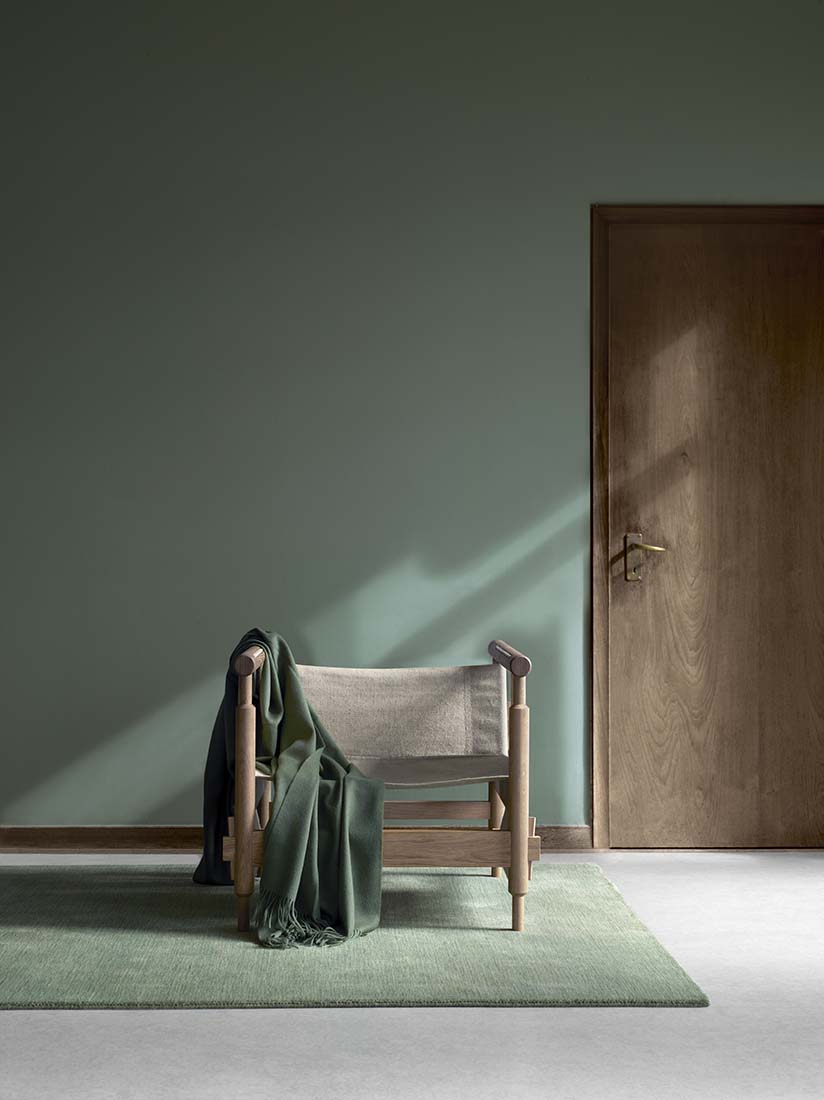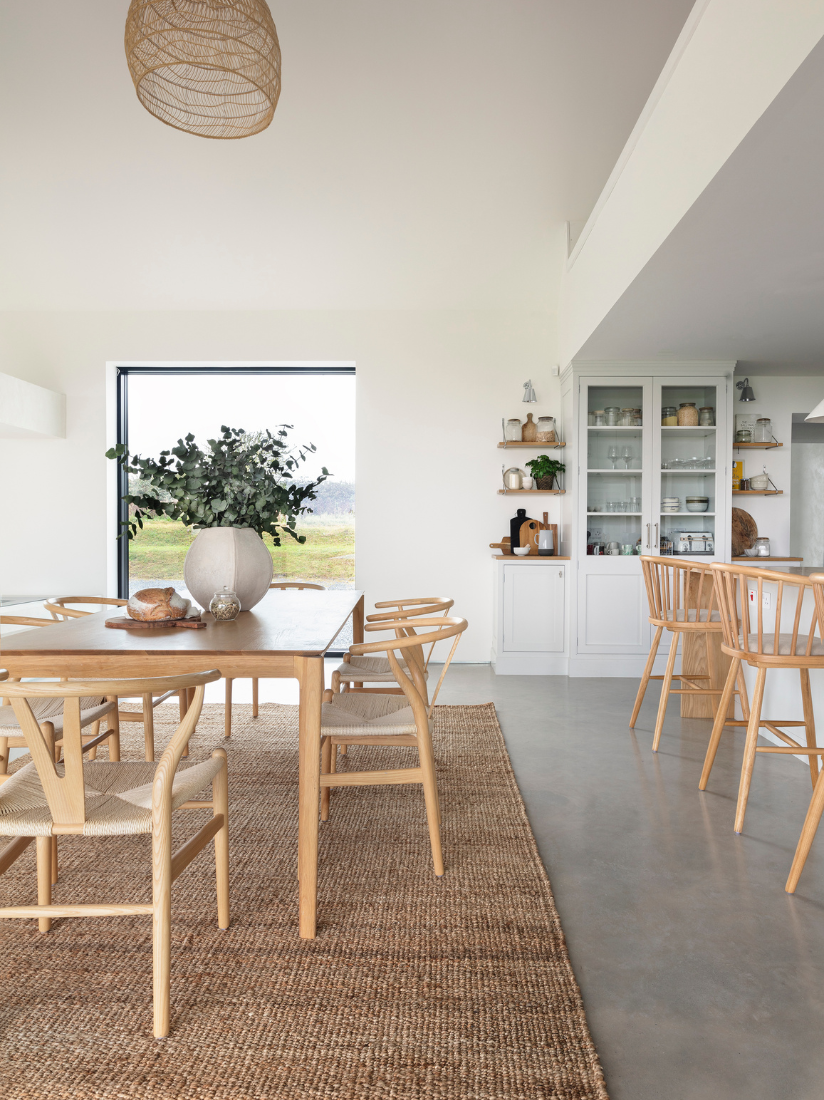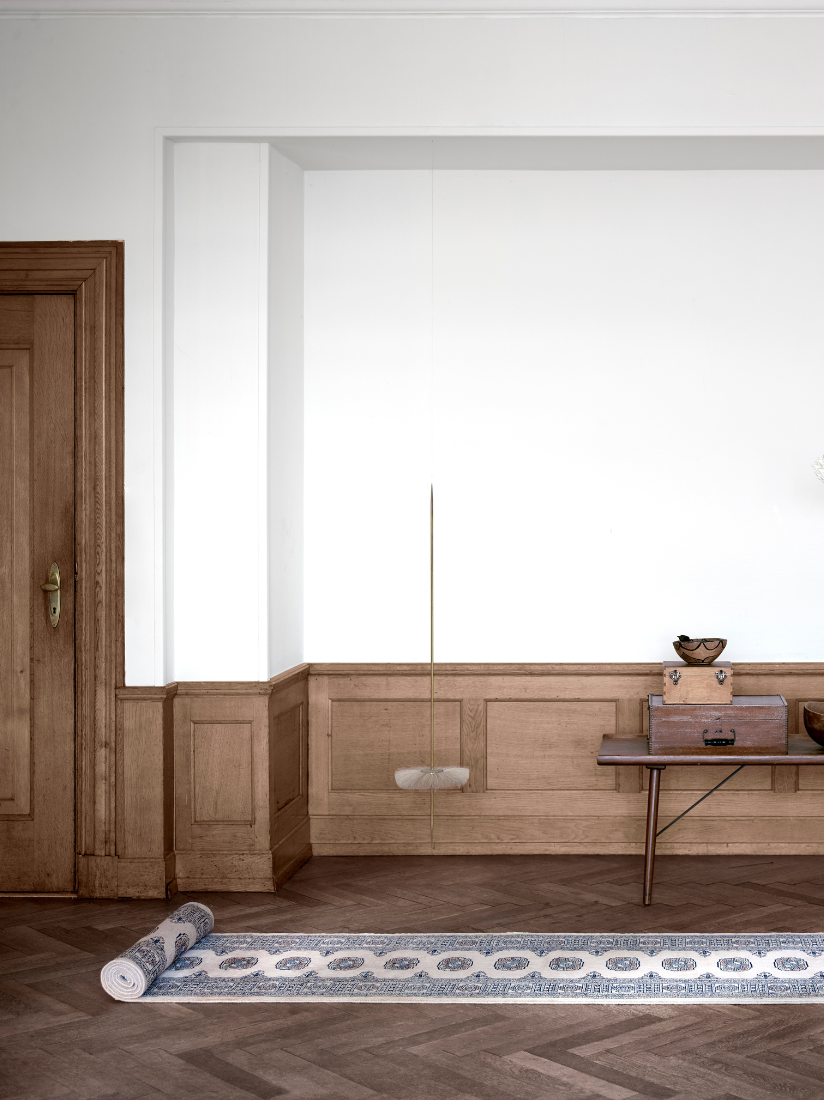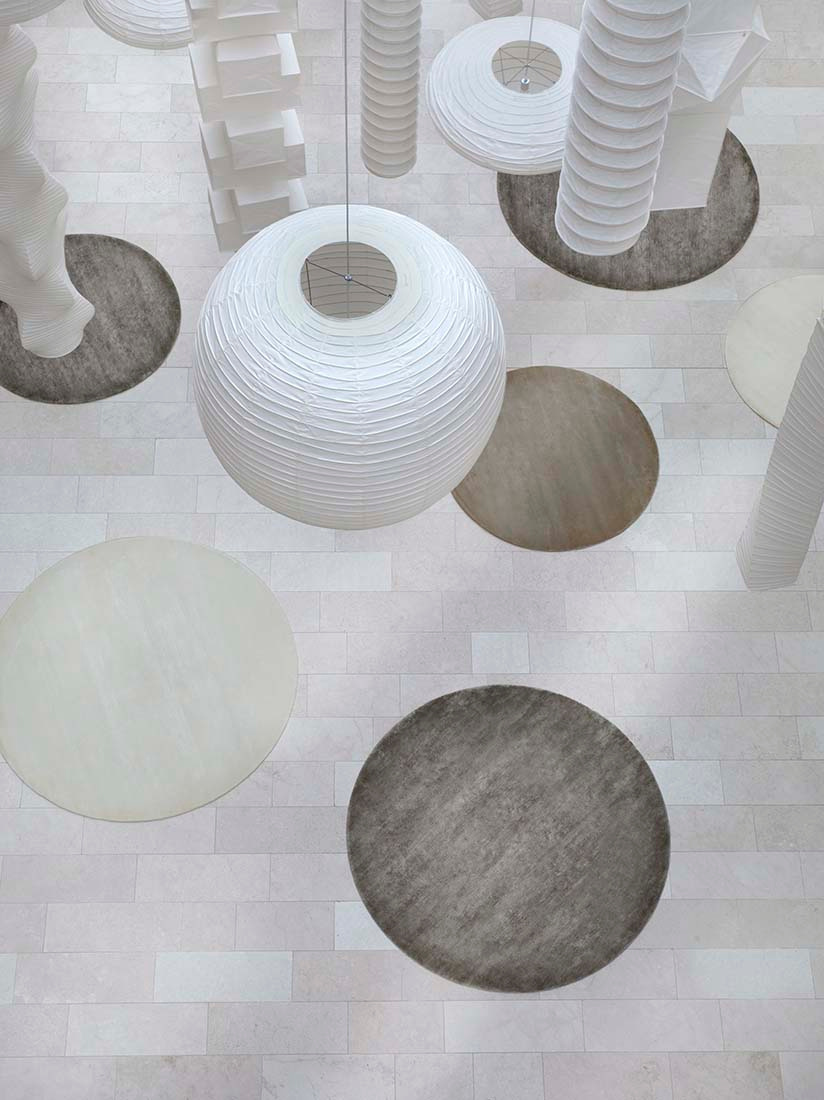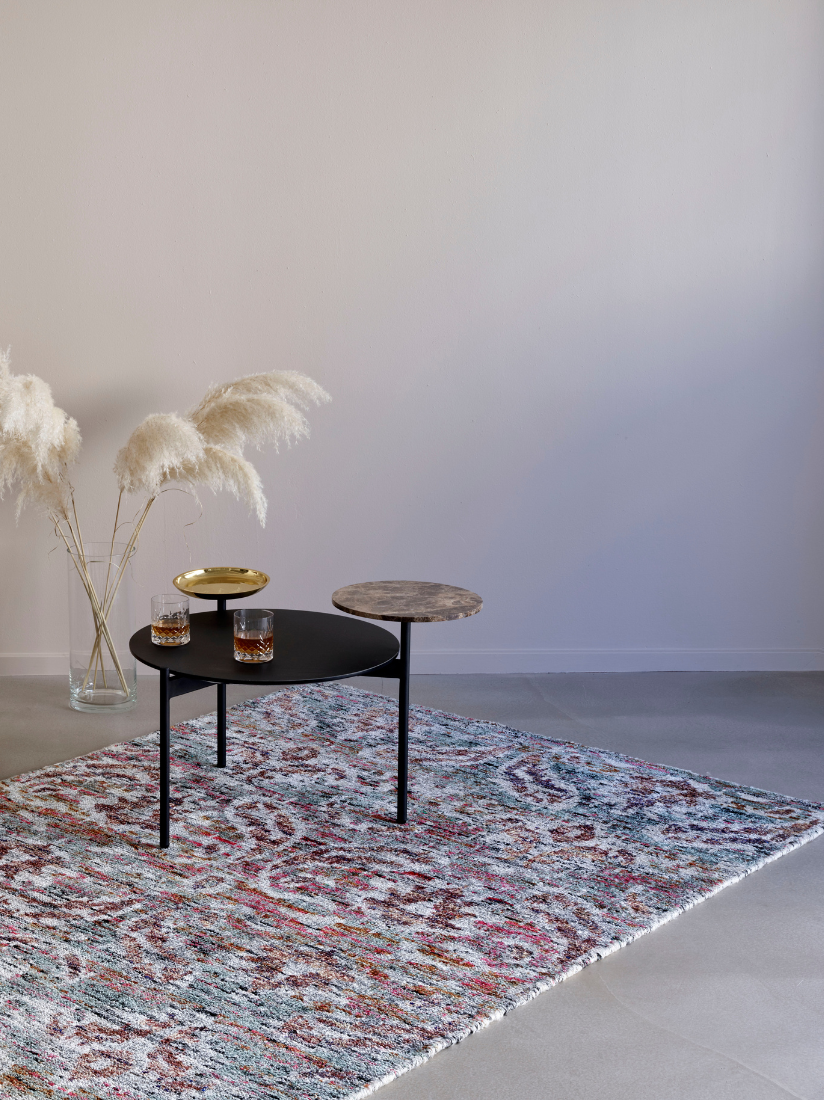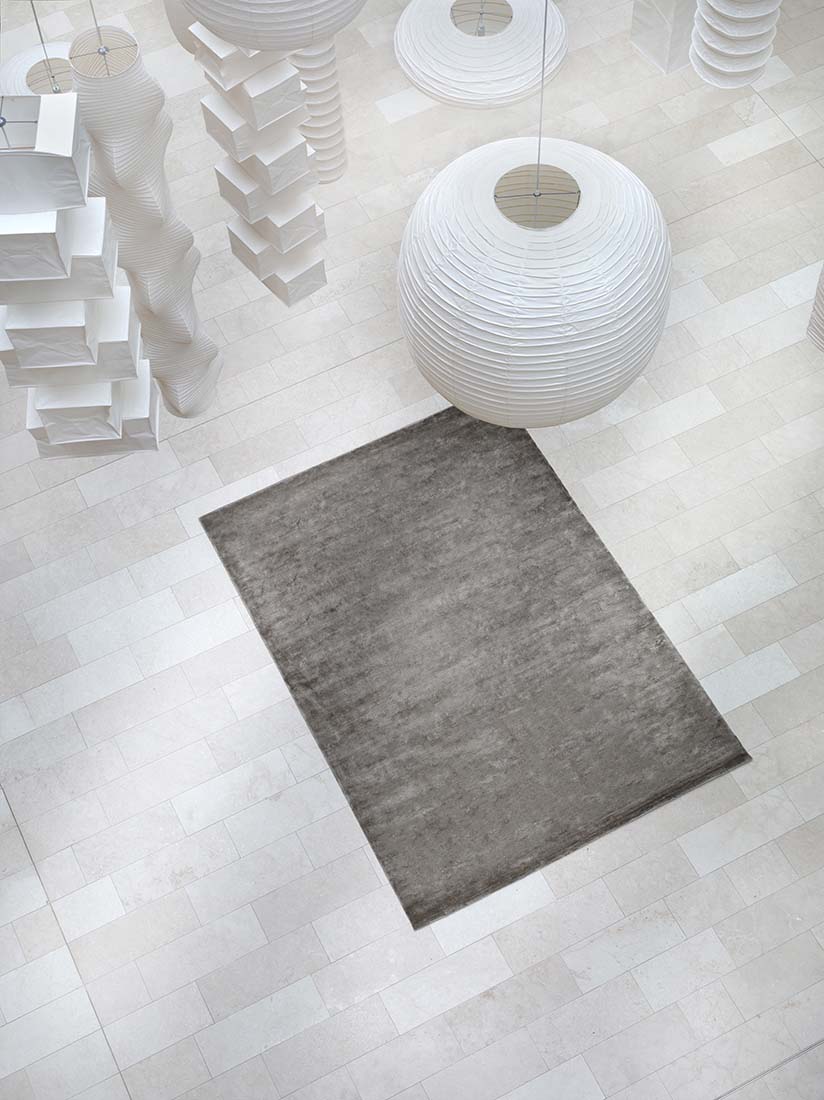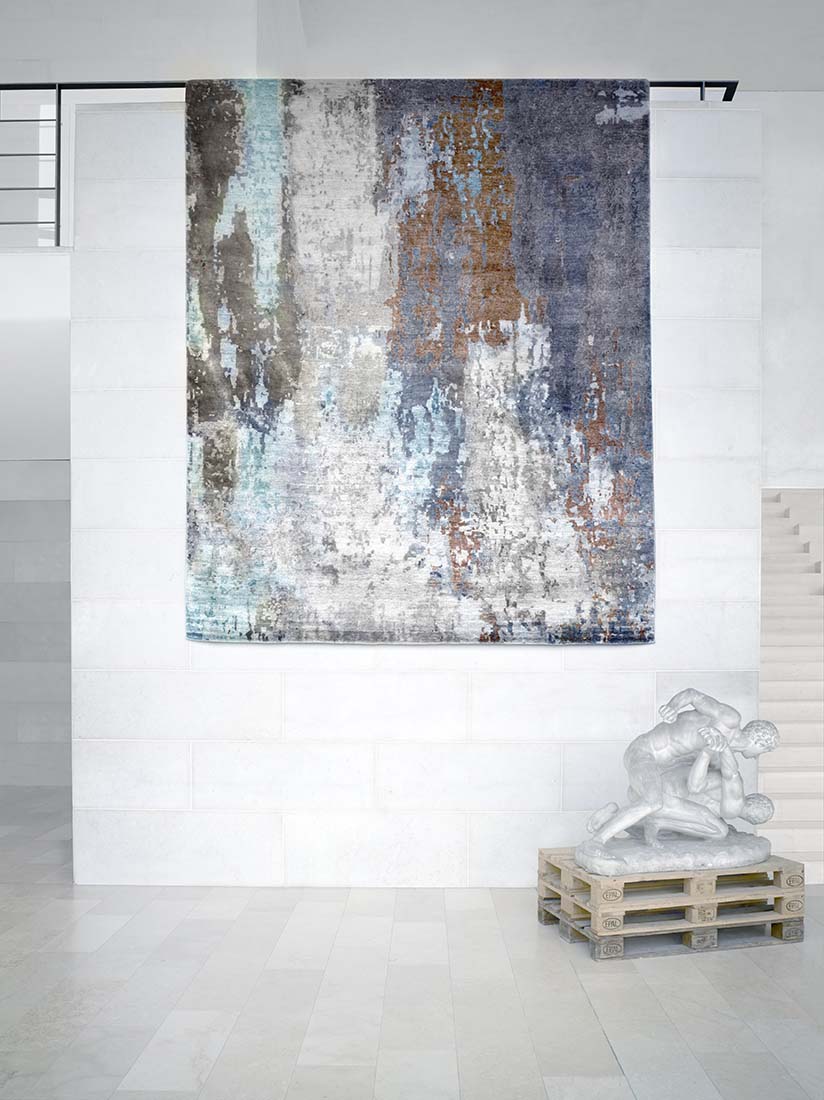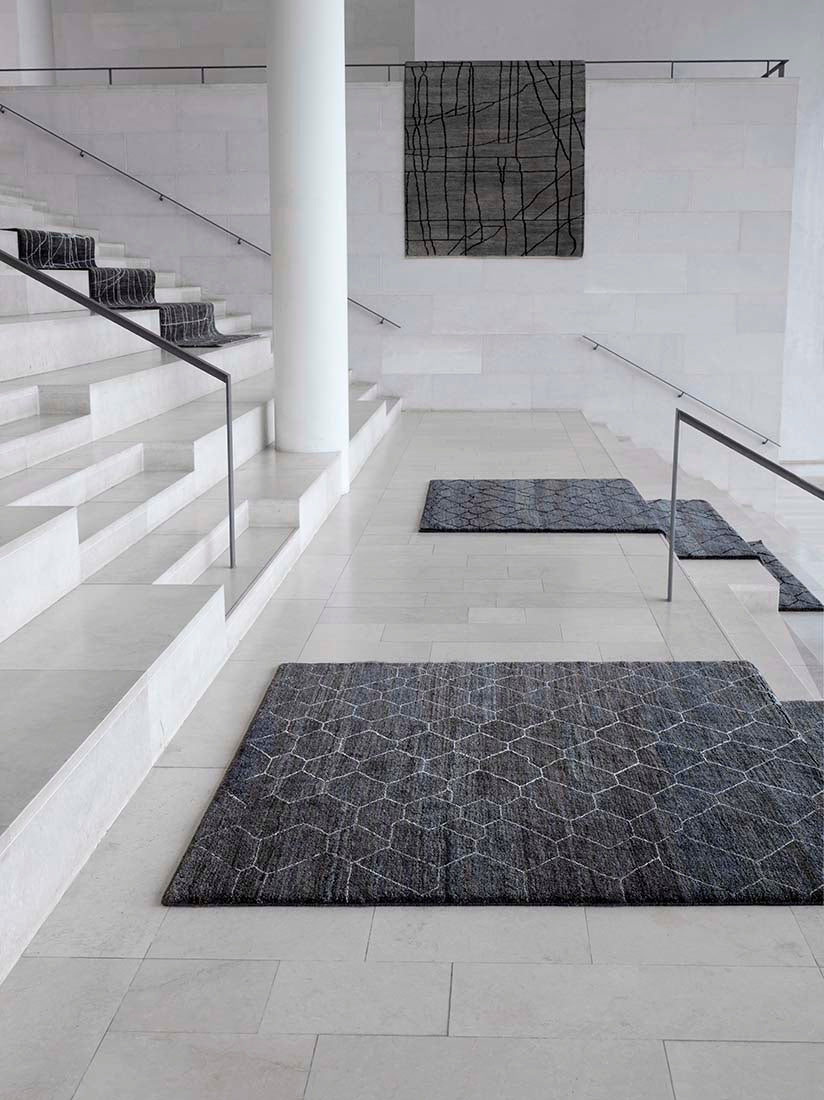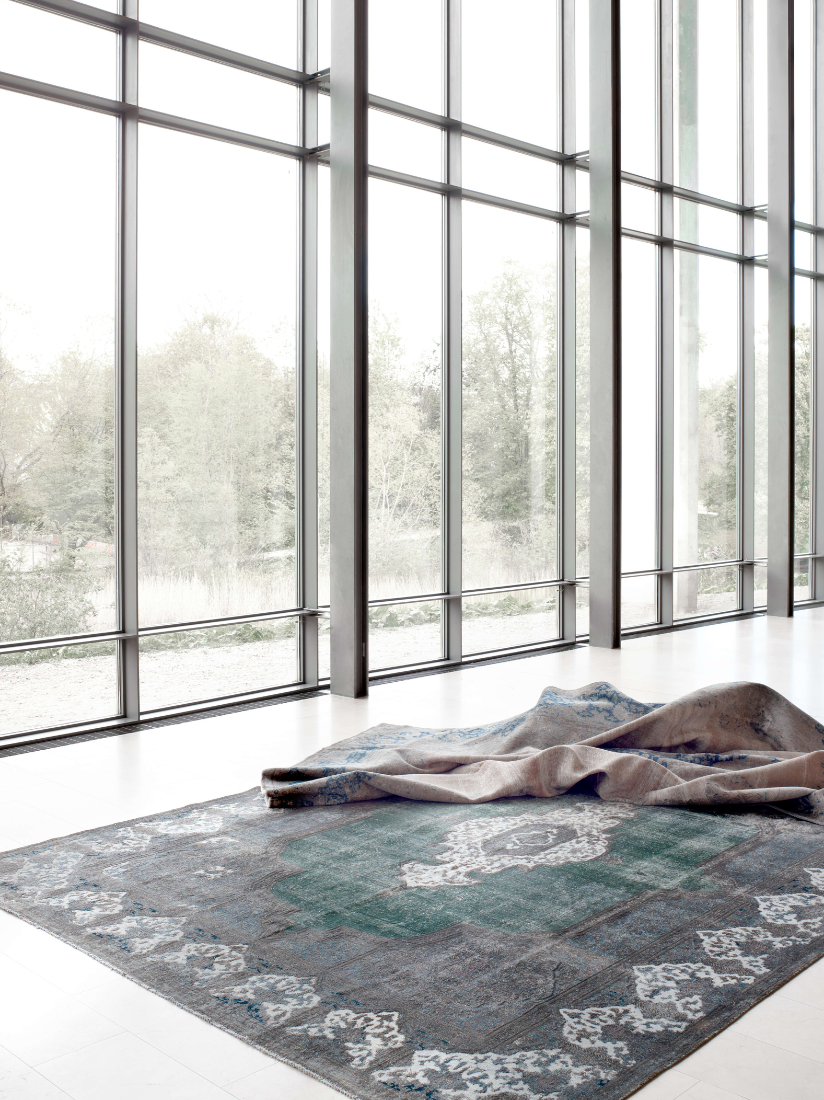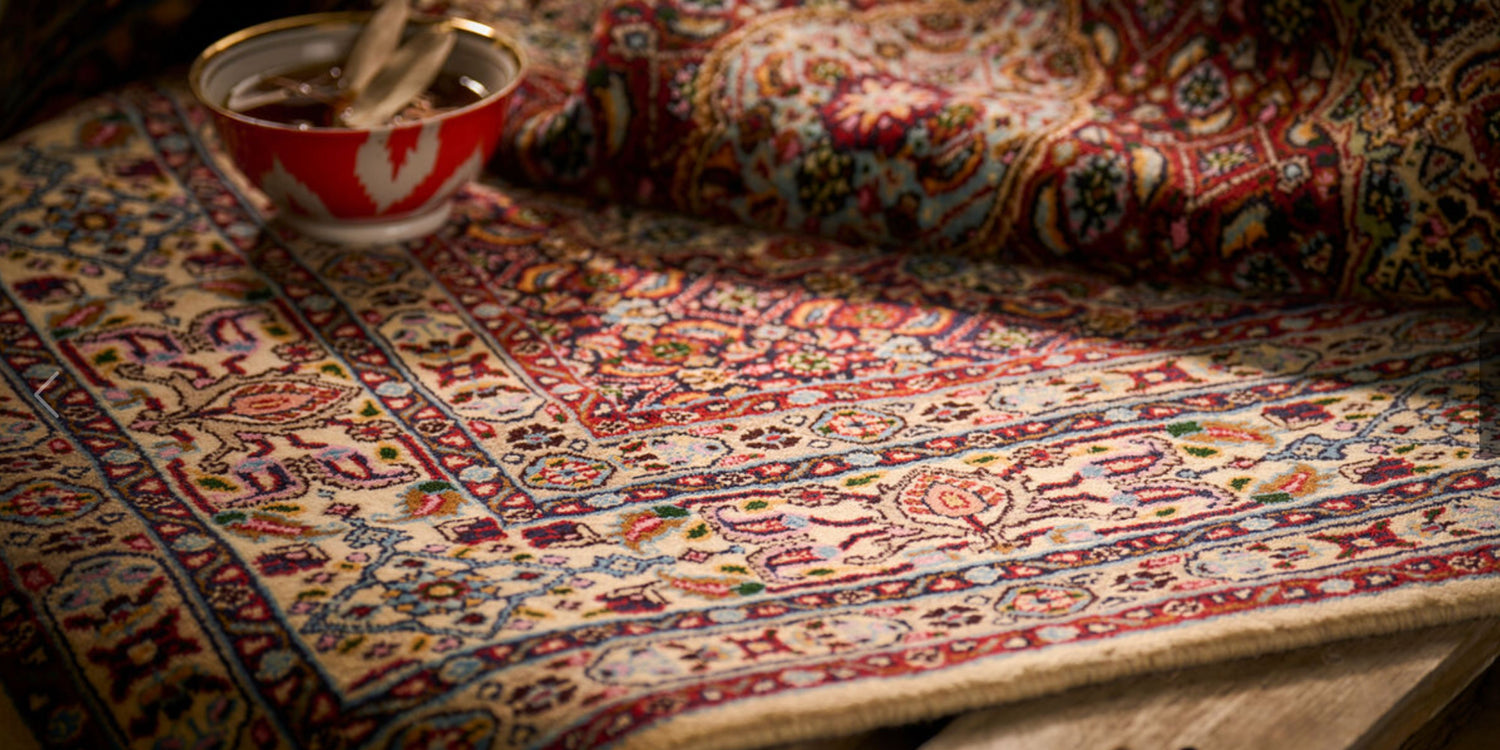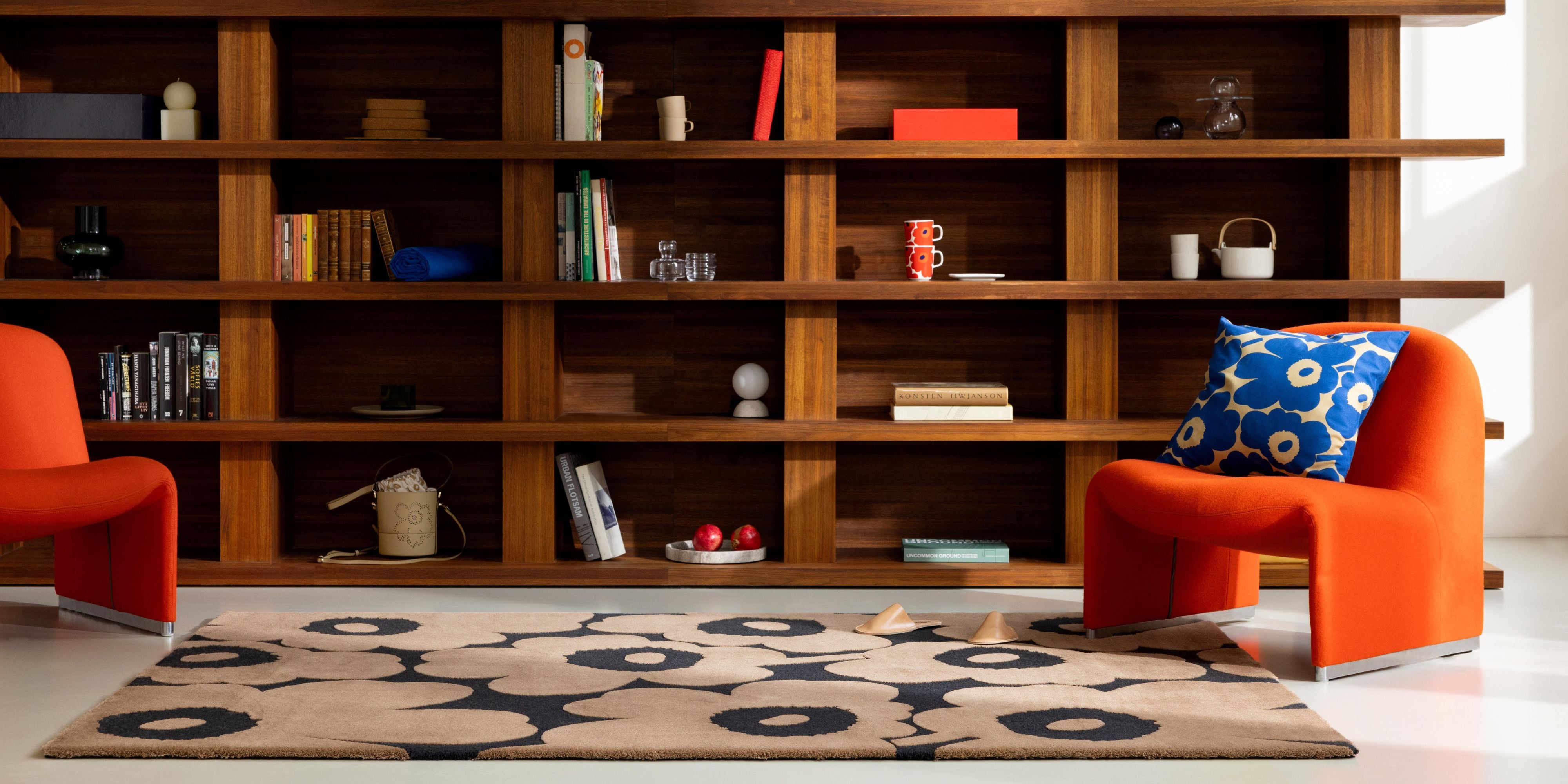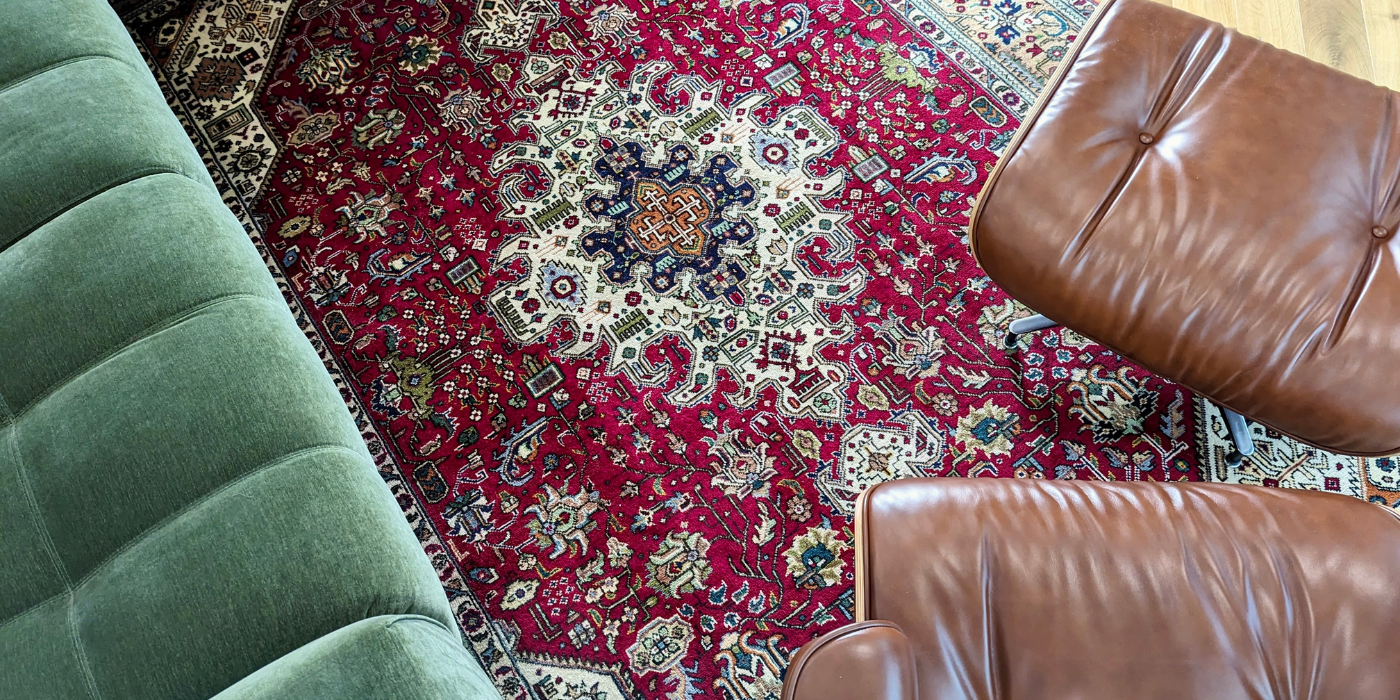The world of Persian rugs can be a bit overwhelming at times. Today we’re going to talk you through how to buy a Persian rug. We’ll cover everything you need to know, from how they are made, to why they are so expensive.

What are Persian Rugs?
Persian rugs, known for their intricate designs and exceptional craftsmanship, are much more than mere floor coverings; they are works of art steeped in history. Originating from Iran, formerly known as Persia, these rugs are a crucial part of the country's rich cultural heritage.
The tradition of Persian rug-making dates back over 2,500 years, making it one of the oldest and most revered forms of artistic expression in the world. Historically, these rugs were not only used for practical purposes but also held significant cultural and artistic value in Persian society.
What sets Persian rugs apart is their unique method of creation. They are hand-knotted, with artisans meticulously tying thousands of knots to create handmade rugs with complex patterns and designs. This labour-intensive process can take months or even years to complete, depending on the rug's size and intricacy.

Persian rugs often feature a variety of designs, including floral motifs, geometric patterns and detailed pictorials. These designs are not just aesthetically pleasing but also carry symbolic meanings, often telling stories or representing spiritual concepts. The finest Persian rugs are made from natural materials such as wool, silk and cotton, with wool being the most commonly used. The quality of the materials, along with the density of the knots, determines the rug's durability and value.
Different regions of Iran are known for their distinctive rug styles. For example, Tabriz rugs are renowned for their medallion designs, Kashan for its luxurious wool and silk blends, and Isfahan for its intricate floral patterns. Each region's climate, culture and history influence its rug-making techniques and styles.
Persian rugs continue to be highly prized for their beauty, craftsmanship and cultural significance. They are considered timeless pieces that transcend current trends, adding elegance and character to any interior space. In essence, a Persian rug is not just a home decor item, but a legacy of ancient artistry and cultural heritage. It embodies centuries tradition and skill, making it a valuable and
cherished addition to any home.
Persian rugs are a work of art for your floor. Dating back thousands of years, this ancient skill is an essential part of Iranian culture. The art of rug making has been passed down through generations, with each style specific to each region. No two rugs will ever be the exact same as they are all individually handmade. Investing in a Persian rug for your home is an environmentally-friendly choice.
How Long do Persian Rugs Last?
The lifespan of a Persian rug is a testament to its quality and craftsmanship. These rugs are renowned for their durability and can last for generations when properly cared for. Here's what contributes to their longevity:
Quality of materials: Persian rugs are made from high-quality materials like wool, silk and cotton. These various natural colours and fibres are known for their strength and resilience, contributing to the rug's durability.
Hand-knotting technique: the traditional hand-knotting technique used in Persian
rug making ensures tight and secure knots. This method creates a rug that can
withstand wear and tear over many years, far outlasting machine-made counterparts.
Maintenance and care: proper care plays a crucial role in extending the life of a
Persian rug. Regular cleaning, avoiding excessive sunlight, and handling spills
promptly are essential practices. Professional cleaning every few years is also
recommended to maintain the rug's integrity.

How to Choose a Persian Rug
Selecting the right Persian rug for your home involves more than just finding a style you like. It's about understanding the characteristics that make these rugs so special and ensuring they align with your personal taste and home decor. Here are some key factors to consider.
Size and shape: measure your space before you start shopping. Persian rugs come in various sizes and shapes, and choosing the right one can significantly impact the room's aesthetics. Ensure the rug is proportional to the space and furniture..
Budget: Persian rugs vary widely in price. Set a realistic budget that reflects the quality and heritage of the piece. Remember, a genuine Persian rug is an investment and can last for generations.
Authenticity: ensure the authenticity of the rug. Genuine Persian rugs are hand- woven and -knotted in Iran, and come with their unique characteristics. Be wary of imitations from other countries.
Maintenance and care: consider the care and maintenance required to keep the rug in good condition. Some rugs may require professional cleaning and care, especially if they are made from fine or delicate materials like silk.
Personal connection: finally, choose a rug that speaks to you. A Persian rug is not just a home accessory, but a piece of art. It should resonate with you and feel like a reflection of your style and personality.

How Can You Tell if a Persian Rug is Real?
There are a few key points to look out for when buying a Persian rug.
1. Fringing
They will always have fringing, this is a part of how they are made. Individual knots are tied to a cotton or wool warp and the fringing is how the warp is finished. If the fringing looks like it has been attached afterward or glued on, the likelihood is that the rug is fake.
2. Backing
Authentic Persian rugs will never have a backing. Flip over the rug to see if anything has been attached to the back of the rug. The knots should be visible on the reverse side of a Persian rug.
3. Difference in Pile
Persian rugs will differ slightly depending on the side you look at it from. When you rub your hand over the pile, you should be able to feel the difference in each direction. If there is no difference, it may not be an authentic piece. This should also be visible in the colour, with one side appearing lighter than the other.
4. Materials
Check the quality of the materials used. Persian rugs are always made from the finest wool and silk fibres. If the pile feels like a low quality, there’s a chance it may be fake.
5. Imperfections
Imperfections are common. As these rugs are all made by hand, slight imperfections in the design are quite common. If you were to take a tape measure to the side of the rug, you may find the numbers don’t always match. Certain styles, however, such as Tabriz, will rarely have any imperfections.
6. Sizing
You will find Persian rug sizing doesn’t follow traditional sizing rules. While 160 x 230 or 200 x 290 would be common in machine-made pieces, Persian rugs are more likely to be varied sizes such as 178 x 234. Again, this is a result of the handmade, unique nature of each piece.

Why are Persian Rugs so Expensive?
Persian rugs can take months, often years, to create. They are all handmade by highly skilled & experienced craftspeople using the finest materials. When you buy a Persian rug, you are investing in a piece that can be passed on through generations. We often refer to them as forever rugs, as when cared for correctly they can last a lifetime.
Are Persian Rugs a Good Investment?
Dating back over 2500 years, Persian rugs still carry the same importance in the interiors world today. Decor trends come and go, and still, Persian rugs remain in style. The timeless design, paired with the high quality of both the craftsmanship & the materials, ensure these rugs will never date. Once you choose a style you really love, you know you’ve made a good investment.
It’s important to note here that you need to ensure the size is right. Quite often we see people size down to keep the price down. This is one of the biggest mistakes you can make when buying a Persian rug! The wrong size will never be right.
Avoid making this mistake by measuring your space and mapping out the size of the rug first. If your budget doesn’t allow for the size you need, then wait. It’s better to save up for the perfect piece than to settle for something that isn’t 100% right. Check out our handy rug size guide here.

What Does Knot-Density Mean?
If you look closely at the back of a Persian rug, you will be able to see the individual knots. To construct one of these works of art, the knots are tied to a warp, creating the intricate design. Every single knot on the rug is tied by hand. The number of knots per square inch will determine the price of the rug. The more knots, the more work involved. And so, the higher the price point.
Buying Persian Rugs Online
Many people are cautious about buying an investment piece online. If you can’t make it to our rug shop in Cork, we’d be delighted to arrange a video call to show you our Persian rug range. Our rug experts have years of experience dealing with these pieces and are always happy to help. Alternatively, you can fill in our free design consultation form here. Upload a photo of your space and we’ll suggest styles we think will work best for you. At Rugs.ie we offer free delivery throughout Ireland and hassle-free returns.

Persian-Style Rugs
If you’re not ready to invest just yet but still want the look of a Persian rug, we have a huge range of Persian-style rugs for sale. Many of these pieces are machine-made, which results in a much lower price point. While they may not be the same lifetime investment, they will still be a lasting addition to your interior.
If you have any questions on how to buy a Persian rug, our expert team is always happy to help. Contact us here. Check out our Youtube video below, where we cover even more information on these stunning pieces.
Shop our full range of Persian rugs here.
